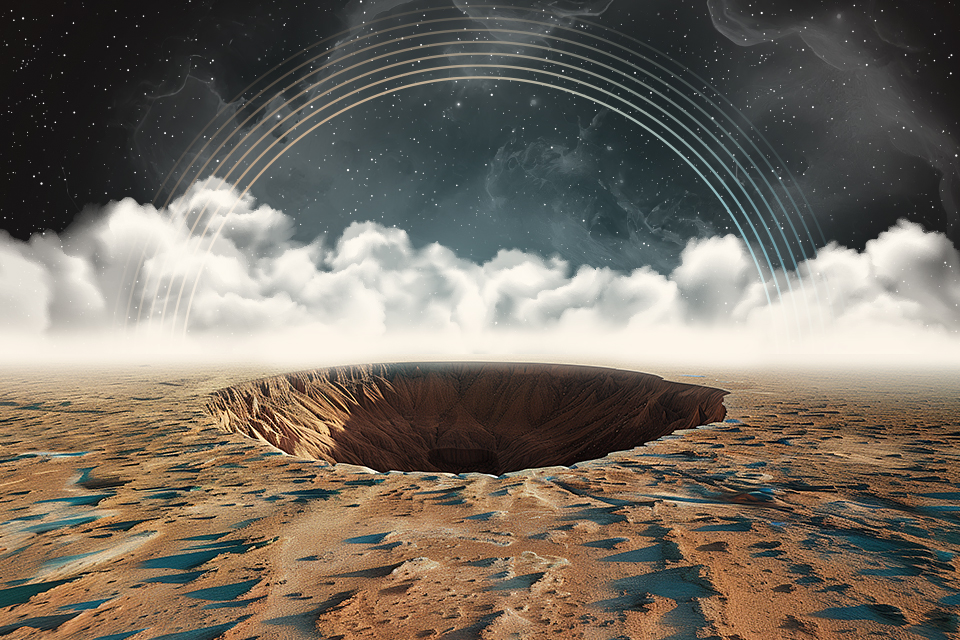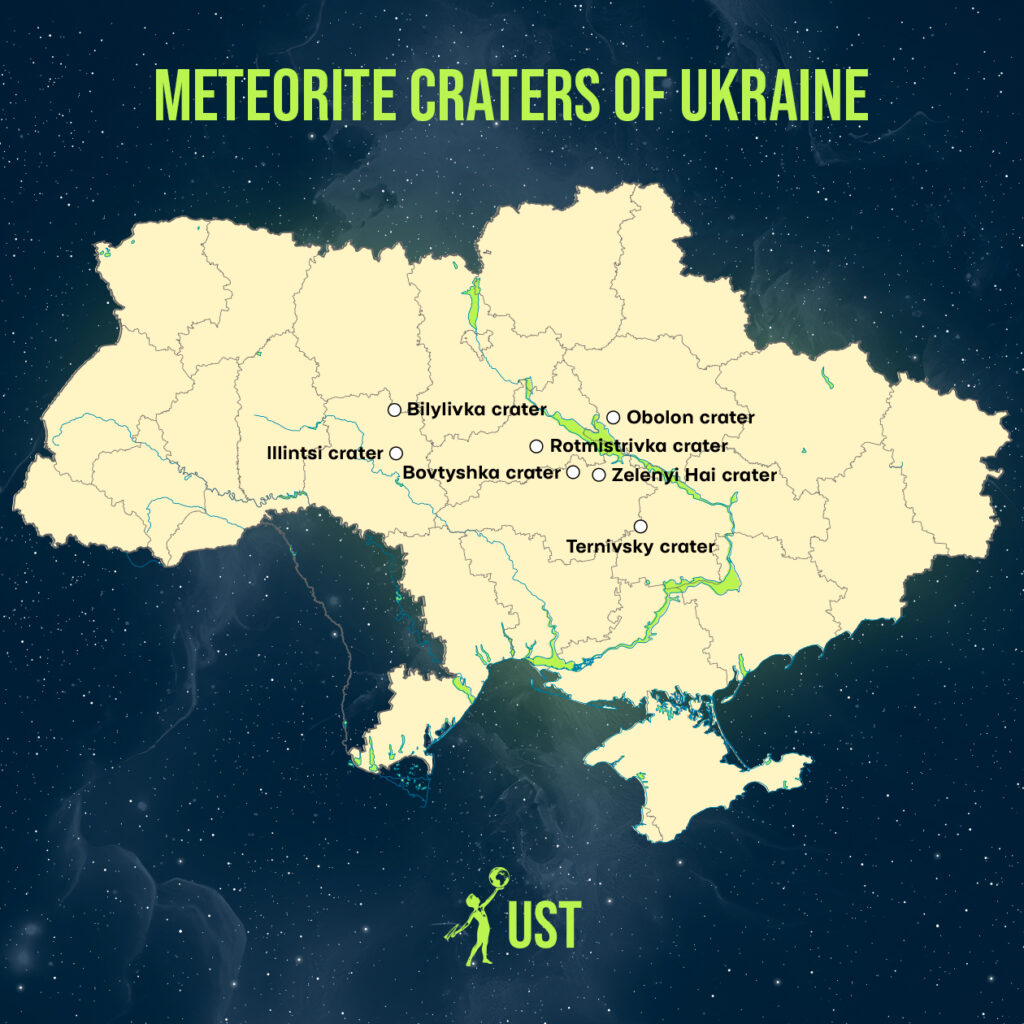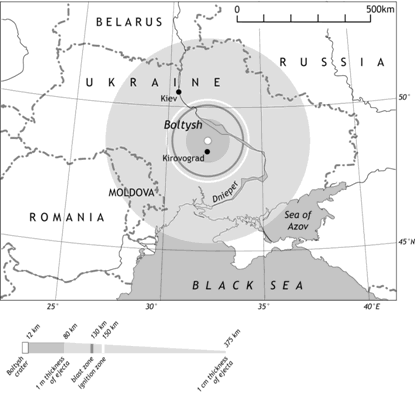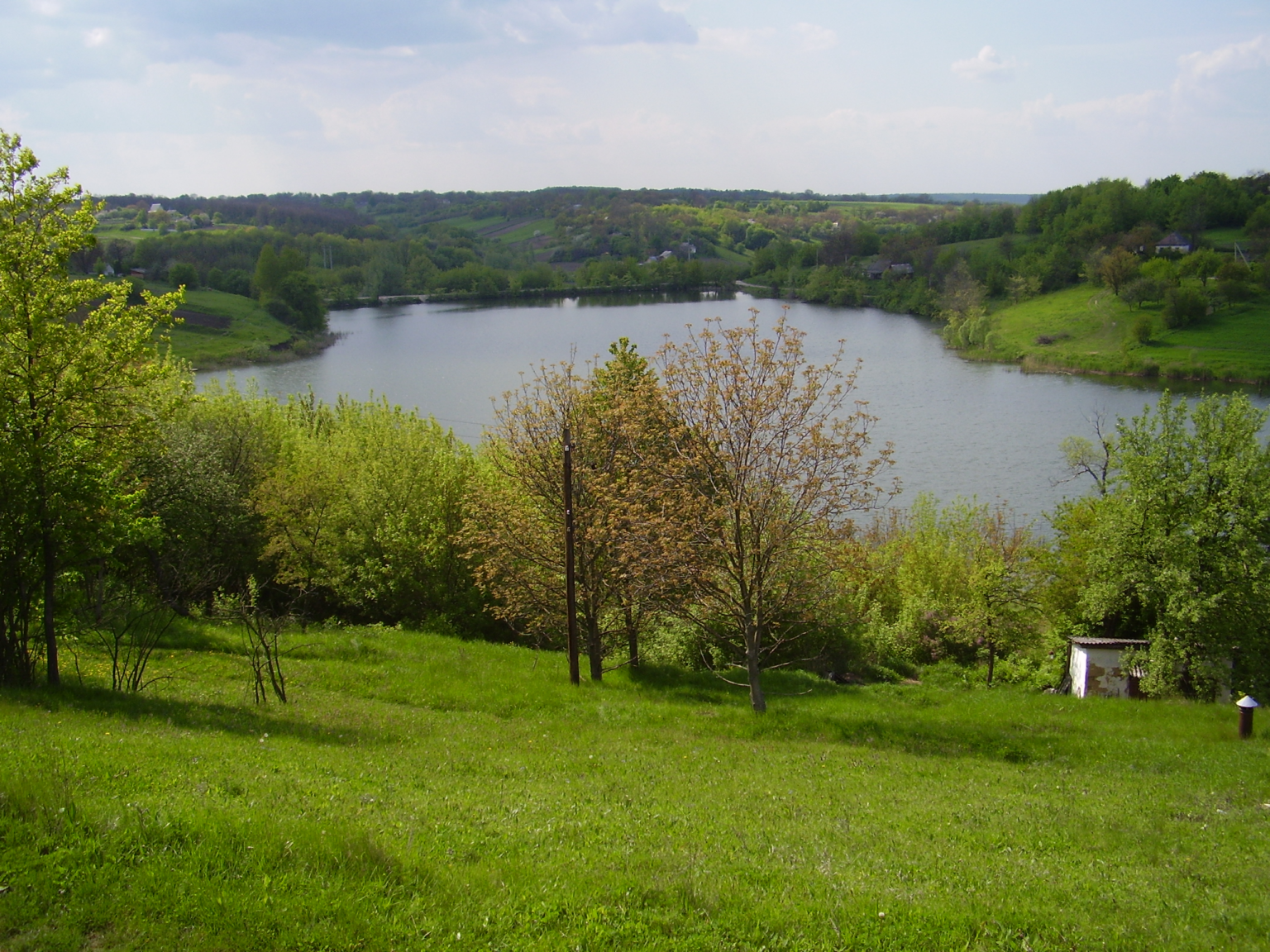About 200 craters have been found on Earth at meteorite impact and explosion sites. Such structures are called astroblems (Greek: star wound), they were born mostly tens and hundreds of millions of years ago, and their formation was accompanied by catastrophic destruction. Some impact structures are so well preserved that science fiction movies are filmed there, and cities and roads have already been built on top of others. To determine if the crater is hidden beneath the sediment layer, geologists examine the rock and look for minerals that formed as a result of the unique conditions of the meteorite impact. Gravitational and magnetic anomalies caused by the composition of the rock at the impact site may provide a clue.

Researchers are interested in craters and the layering above them because they provide clues about the planet’s formation, climate change, and the adaptation of life to the effects of cataclysms. Interest is supported by so-called impact rocks formed in astroblems. Deposits of oil shales, unique minerals and even impact diamonds are found there.

Seven astroblems have been found in Ukraine. They were well preserved thanks to the strong foundation of the Ukrainian crystalline shield, and some became world-famous back in the 19th century. We may have more craters because there is still ongoing debate over the origin of some structures. For example, if the cosmic origin of the Manevychi structure in Volyn is recognized, it will be the largest in Ukraine. Scientists who we owe for studying our craters are Evhen Hurov, Anton Valter, Petro Hozhyk, Kateryna Derevska and others.
Bovtyshka depression
Bovtyshka depression is the largest impact structure in Ukraine and one of the largest in the world. The remains of the meteorite crater are located in the upper reaches of the Tiasmyn River, near the village of Bovtyshka, 40 km from Kropyvnytskyi. Diameter of its crater is enormous-24 kilometers. As Evhen Hurov wrote, the formation of the crater of such size was accompanied by catastrophic earthquakes, hurricane winds and fires on the territory of about 100 thousand km2, and emissions into the atmosphere changed the climate of the entire planet. The molten rocks formed a bowl in which a huge lake was later formed.

We know about all this from rock drilling, because the surface of the crater is now hidden under half a kilometer of sediment and covered with villages. The only reminder of the ancient structure is the depression where the river winds through. Near the epicenter of the fall, on the site of the ancient lake, people now fish in small ponds with unique names Central, Malenkie, Domanski, Apendycyt and Svyniachyi (named so because of the pig farm nearby).

However, the Bovtyshka crater did not become world famous due to its huge size. The name of the Ukrainian village still regularly appears in the headlines of the works of famous geologists and articles of scientific journals because of its established age. The time of the meteorite impact coincides with the formation of the Chicxulub crater on the Yucatan Peninsula, which is associated with the great extinction event at the end of the Cretaceous period 66 million years ago.

If you want to walk around the largest Ukrainian crater, hurry up. Back in Soviet times, deposits of oil shale were found on its territory. The Bovtyshka field is estimated to be one of the largest in the world, fuel extraction from it will be large-scale and will change the topography of the depression.
Illintsi crater
The most popular and the oldest astroblem in Ukraine is the Illintsi crater in Vinnytsia region near the village of Luhova. Now its diameter is ~ 3 km, and what makes it unique is that the 420 million year old crater rock is not hidden under the ground and partially comes to the surface. It attracted the attention of scientists back in the middle of the XIX century. In 1973, Ukrainian geologists Anton Walter and Vasyl Riabchenko established the meteoritic origin of the crater. This has made Vinnitsa the site of international conferences of geologists and astronomers. Now everyone can walk around the spacious territory, where blocks of ancient stones with beautiful colored inclusions and patterns lie underfoot. In 2017, the Illintsi crater received the status of a natural monument.

The area is being developed as a tourist attraction for a reason. Open pits and mines are a veritable catalog of unique minerals. At the end of the XX century, Ukrainian geologists discovered, in addition to other minerals, also placers of diamonds, which were formed from the explosion of a meteorite. And the Berlin Natural Museum has one of the largest agates found near the crater.

While geologists were surprised by the valuable minerals, local residents used the ancient rocks in everyday life. On the territory of the crater, clay rock of impact origin was extracted for construction. The village of Zhornyshche, neighboring Luhova, has been known for the production of ancient millstones since the 3rd century BC. That’s how the space disaster helped the locals grind bread. The millstones, made of a strong material that was formed from fused rocks after the meteorite fall, spread as far as the Kyiv region.

Amazingly enough, the consequences of the meteorite fall 420 million years ago are still affecting the local fauna. Birds live in the cracks created by the weathering of the rock.
Other craters of Ukraine
Other craters in Ukraine are less popular and are known mainly for their minerals.
- Rotmistrivka crater in Smeliansky district, Cherkasy region.

Formed 140 million years ago, diameter 2.7 km.

You can walk around the crater near the pond created in the depression.
- Bilylivka crater near the village of Bilylivka, Zhytomyr region. Formed 165 million years ago, diameter 3.2 km.

- Obolon crater in Poltava region. Formed 169 million years ago, diameter 20 km.

- Zelenyi Hai astroblema near the village of Zelenyi Hai in Kropyvnytsk oblast consists of two craters: a larger one, 2.5-3.5 km in diameter, and a smaller one, 800 m in diameter. Both impact structures are 80±20 million years old.

- Ternivsky crater near Kryvyi Rih. Formed 280 million years ago, diameter 11 km. Right in the crater is located Ternivs’kyi district of the city (former village of Terny) and one of the largest iron ore quarries in Ukraine.



